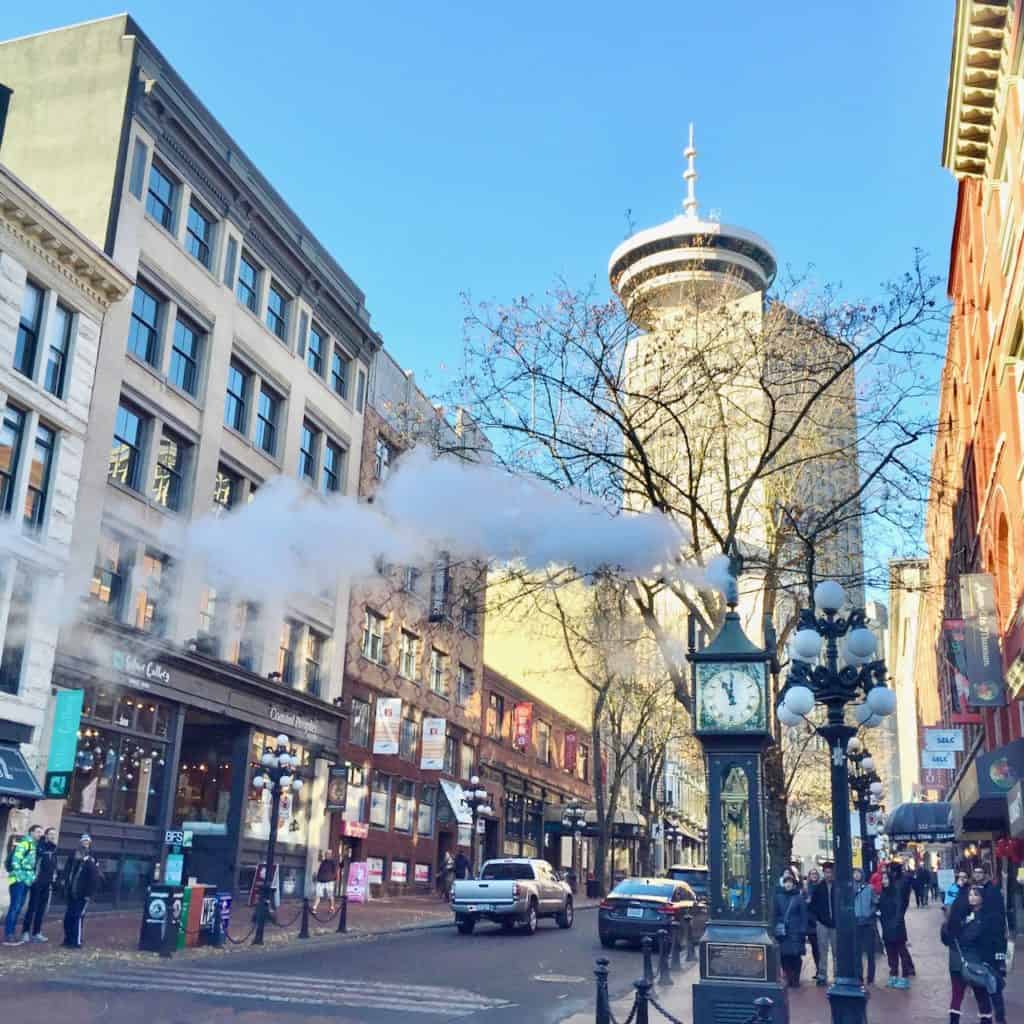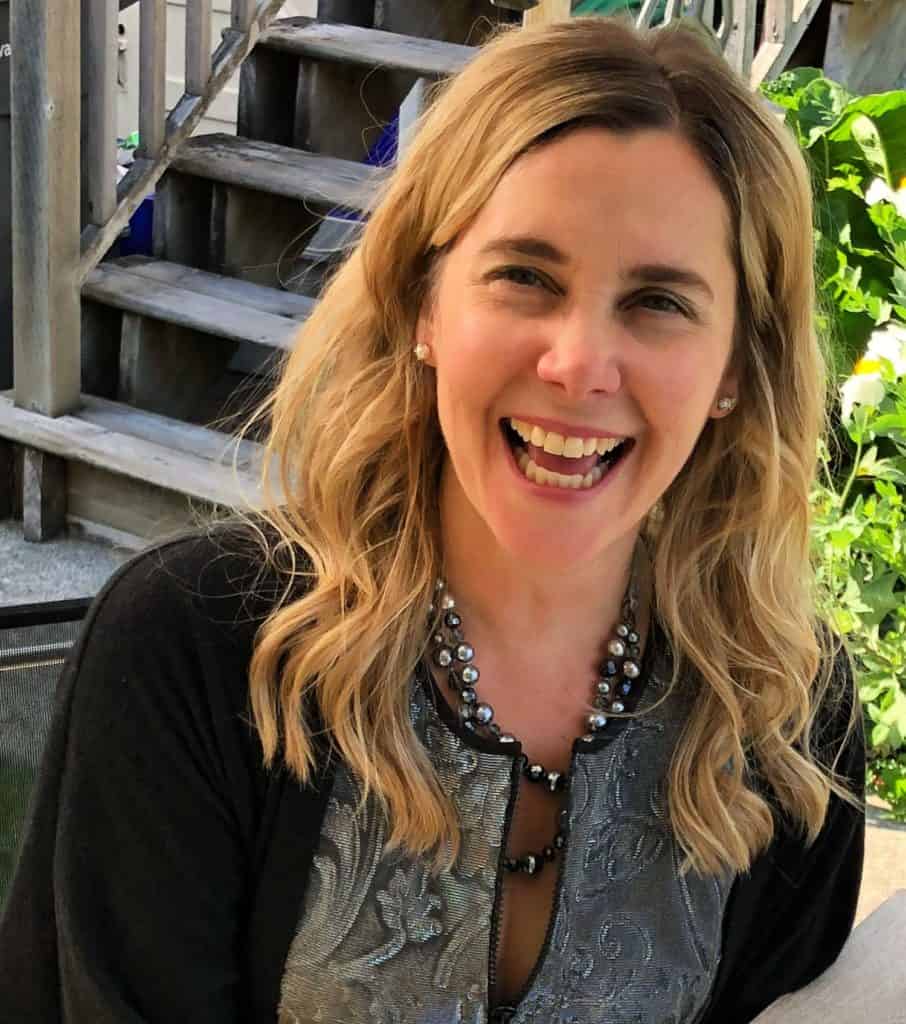Vancouver’s green heart
By Claudia Laroye

Framed by the spectacular backdrop of temperate rainforests, coastal mountains and the Salish Sea, Vancouver, British Columbia, can be forgiven for a certain smugness: there are few more well-situated and beautiful urban centers in the world. When I arrived here from eastern Canada 30 years ago, I fell in love with the city, and in particular its proximity to nature and the great outdoors. I dove right in, taking full advantage of skiing on the North Shore mountains in winter and hiking local trails in summer, feeling lucky just to be here. I can’t imagine living anywhere else.

Sustainability in Vancouver
Not only does Canada’s third largest city inspire visitors to enjoy its outdoor playgrounds, culinary scenes and multicultural diversity, its residents are motivated to ensure that strong environmental stewardship and accessibility continue to make Vancouver a stunning and sustainable city to live, work and play.
For travellers, this is good news. Choosing to spend their valuable vacation time among people and in a city that shares a commitment to sustainability at every level – social, environmental, and economic – ensures they can enjoy an active, fun and memorable travel experience, while contributing to the success of the city’s ongoing efforts.
Vancouver is a multicultural city that is defined by its natural assets of mountains, forests and oceanfront. Interspersed within city boundaries are more than 230 parks, nine beaches and 22 kilometers of walkable and bikeable waterfront. The coastal mountains, including three ski resorts, are 30 minutes from downtown. Residents and travellers revel in easy access to plentiful and bountiful nature, most of which can be reached by walking, cycling and public transit.

Sustainable transport in Vancouver
As the city has grown and densified over the past few decades, there’s been a big push towards developing protected cycling paths, bike share programs, greenways and public transit infrastructure. While these efforts haven’t always been universally embraced, I’ve found that once installed, they’ve become part of the city fabric and make getting around town much easier and less stressful. Electric-powered buses and the city’s Skytrain and CanadaLine rapid transit lines radiate in and out to the suburbs, providing accessible and sustainable mass transit, including to the carbon-neutral Vancouver International Airport (YVR).
Sustainable options for visitors to Vancouver
Explore Vancouver on foot or by bicycle
Vancouver’s downtown peninsula is one of the densest and most highly walkable and bikeable in North America. The city’s compact Central Business District has a ‘Walking Paradise’ Walk Score of 95 – it can be walked end-to-end in 20 minutes – and is home to many popular neighbourhoods like Gastown, the West End and Yaletown.

Prefer exploring on two wheels? The App-based Mobi bicycle-share system allows users to rent bikes and e-bikes to cruise the city via pedal power, including and around Queen Elizabeth Park, Pacific Spirit Park and Stanley Park, one of the world’s most beautiful urban spaces.
This 1,000-acre green oasis sits at the northwestern corner of the downtown peninsula and welcomes more than 8 million visits a year to its nature trails, family-friendly attractions, popular 10 km long seawall loop and guided tours. I love cycling around the Stanley Park seawall and taking our dog (the park is dog-friendly) for a walk around Beaver Lake, especially during the colourful fall season.

Experience Vancouver from the perspective of its original inhabitants
The ecology and history of Stanley Park is highlighted on the culturally immersive Talaysay Tours Experience, led by a local Squamish First Nations guide. The city’s ongoing reconciliation with three First Nations who are the original inhabitants of the land – the Musqueam, Squamish, and Tsleil-Waututh – can be celebrated in Stanley and the Rainbow Parks, at the outstanding Museum of Anthropology at the University of British Columbia, Coastal Peoples Fine Arts Gallery and Bill Reid Gallery, in vibrant culinary experiences at restaurants like Salmon n’ Bannock, and in accommodations like the Skwachàys Lodge, the first Indigenous boutique art hotel in Canada.

Choosing eco-conscious hotels in Vancouver is getting easier
In addition to social enterprise-forward accommodations, Vancouver is home to some of the most sustainable and eco-conscious hotel options in the world, with properties like the Fairmont Waterfront recognized for improvements in water consumption, carbon emissions, pollinator-friendly habitats and food wastage. The city’s passion for clean living and working has inspired its Renewable City Strategy, with plans for 100 percent renewable energy use by 2050, and zero waste production by 2040.
Vancouver’s changing culinary scene
In Vancouver, playing in the outdoors creates an appetite that the city’s culinary scene can easily match. The globally renowned food and drink scene is inspired by the city’s multicultural makeup and anchored by established and on-the-rise chefs like Burdock & Co.’s Andrea Carlson, and Gus Stieffenhofer-Brandson of Published on Main, fresh from Michelin Award accolades recognizing commitments to locavore food provision and sustainable farming practices on land and sea.
Sustainability also plays a part in the ascendency of plant-based cuisine in the city. Outstanding options like The Acorn, Aleph, Do Chay and Folke produce incredible vegan and vegetarian-forward choices for conscious diners, like myself, while myriad restaurants and refined cocktail bars appeal alongside informal food trucks and bustling neighbourhood pubs.
Good food is an important part of great travel. Gourmands can rub shoulders with locals and sample the fruits (and vegetables, fish and meats) of Vancouver’s terroir on a Vancouver Foodies Tour, or at the region’s local farmers’ markets, including my favourite, the bustling Granville Island Public Market. Visitors can enjoy ‘100 Mile diet’ menus, fresh seafood in the ‘sushi capital of North America,’ Chinese cuisine along Richmond’s ‘Dumpling Trail’ and find new favourites among the impressive roster of microbreweries and distilleries.

A different perspective on art and culture in Vancouver
On the arts and culture side, Vancouver’s cultural background and diverse populace have helped to build a thriving creative community. The Chinatown Storytelling Centre and Dr. Sun Yat-Sen Classical Chinese Garden present different but equally important narratives on the importance of the Chinese-Canadian community in the past, present and future of the city. In November, the Eastside Culture Crawl invites guests to roam artists’ studios, wine in hand, while the Vancouver Mural Festival has brightened the city’s buildings and streets with more than 300 public art murals.
In visiting Vancouver, travellers will find a city and region to fall in love with, as I did three decades ago. My home is a place of incomparable nature, a dynamic urban environment and people with an easygoing spirit, love of the great outdoors and a strong commitment to sustaining the city’s green future.
Bio
Claudia Laroye is an award-winning freelance writer, author and content creator living in Vancouver, British Columbia. She writes about adventure, family, wellness and sustainable travel for a variety of online and print outlets around the world as well as her blog Claudia Travels. Her award-winning travel anthology, ‘A Gelato a Day’ was published in fall 2022.







